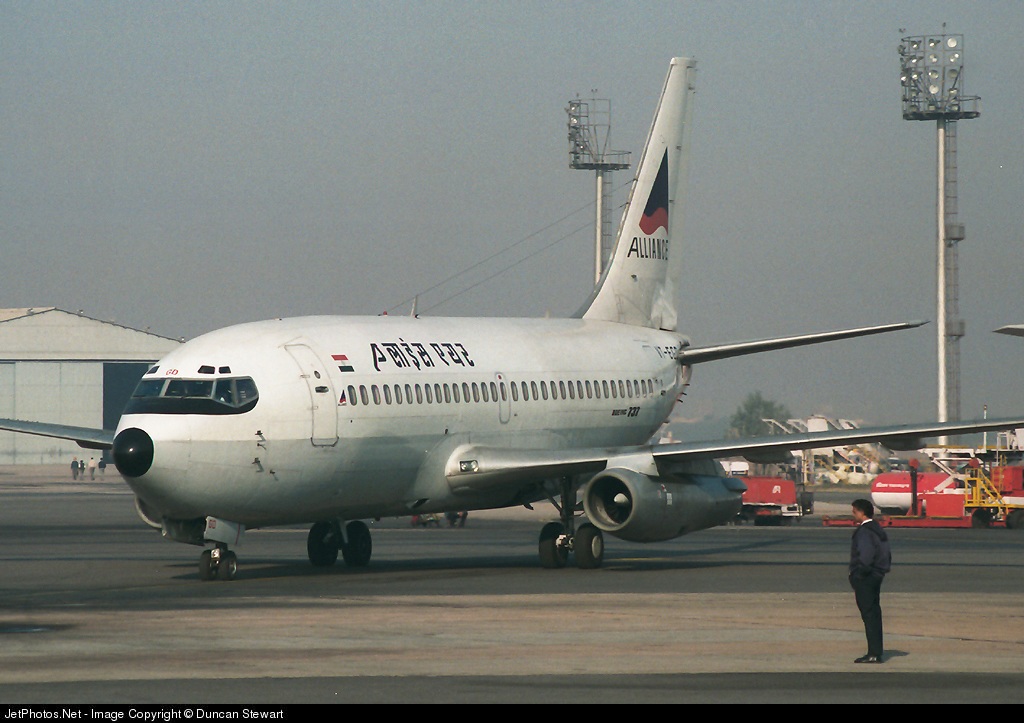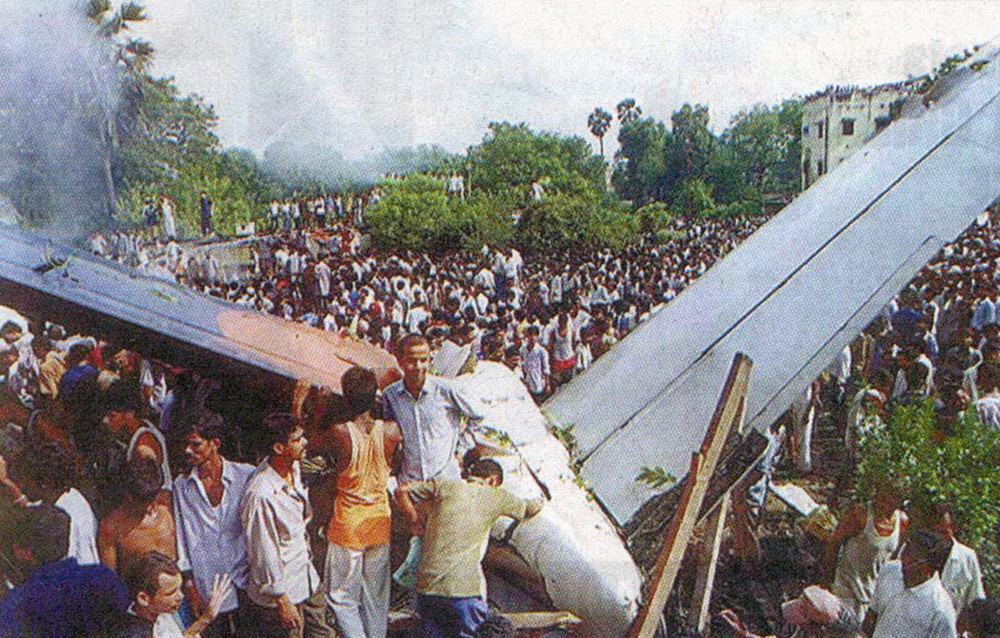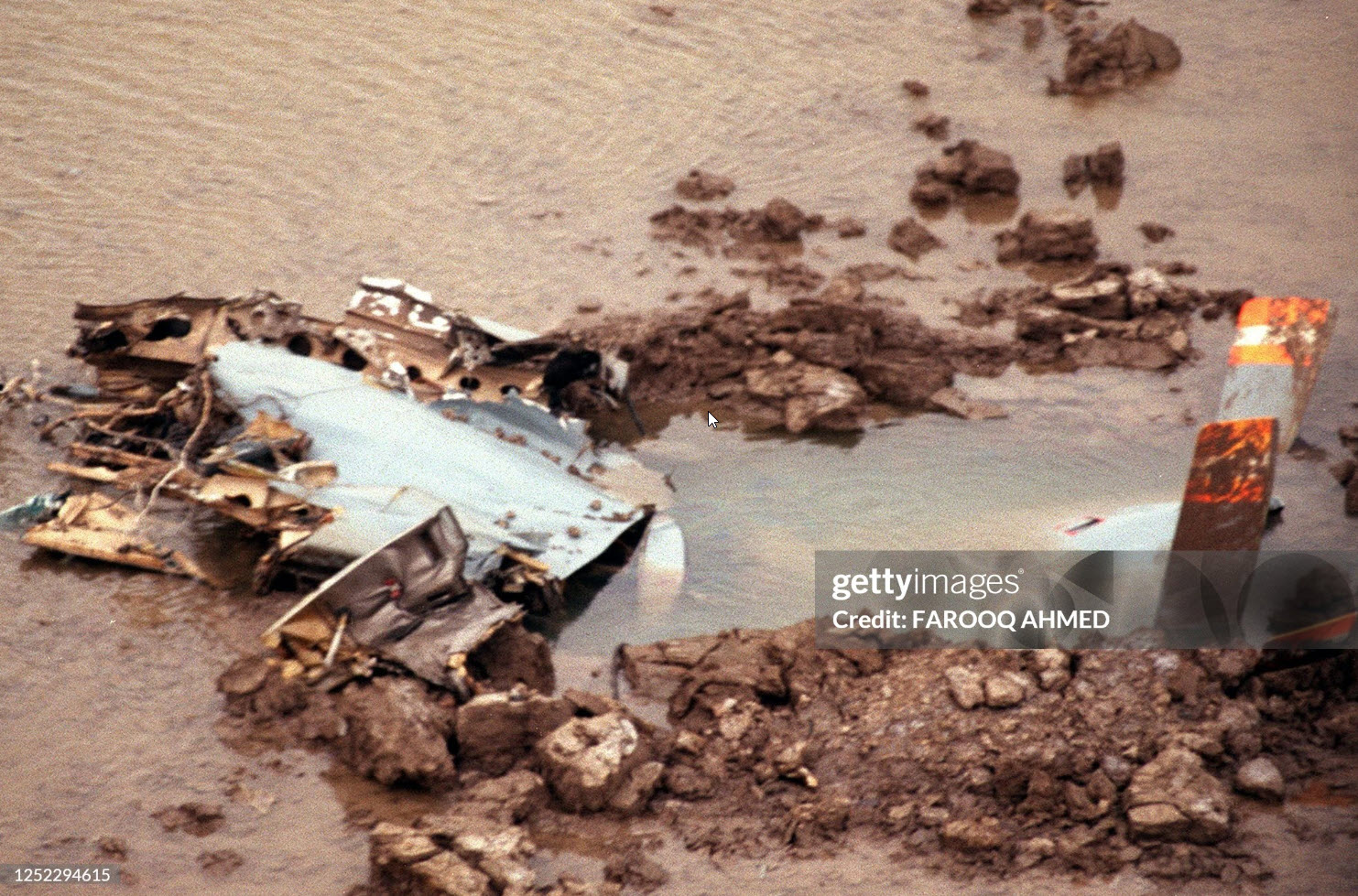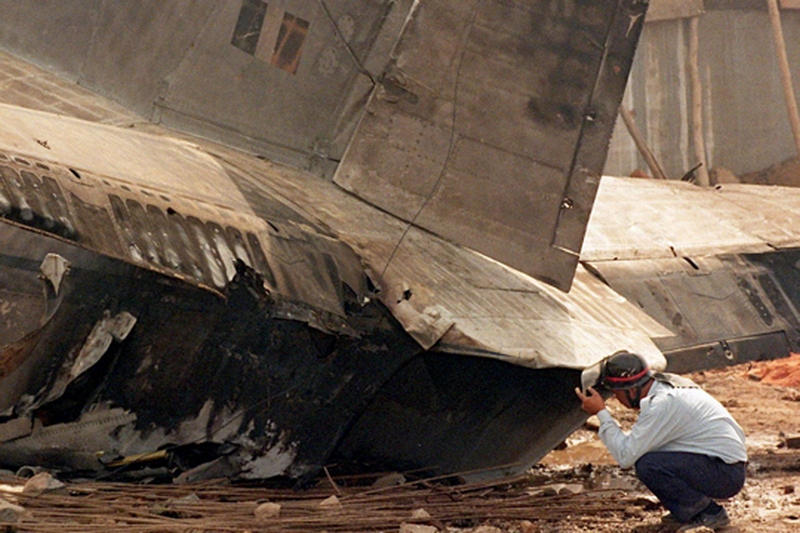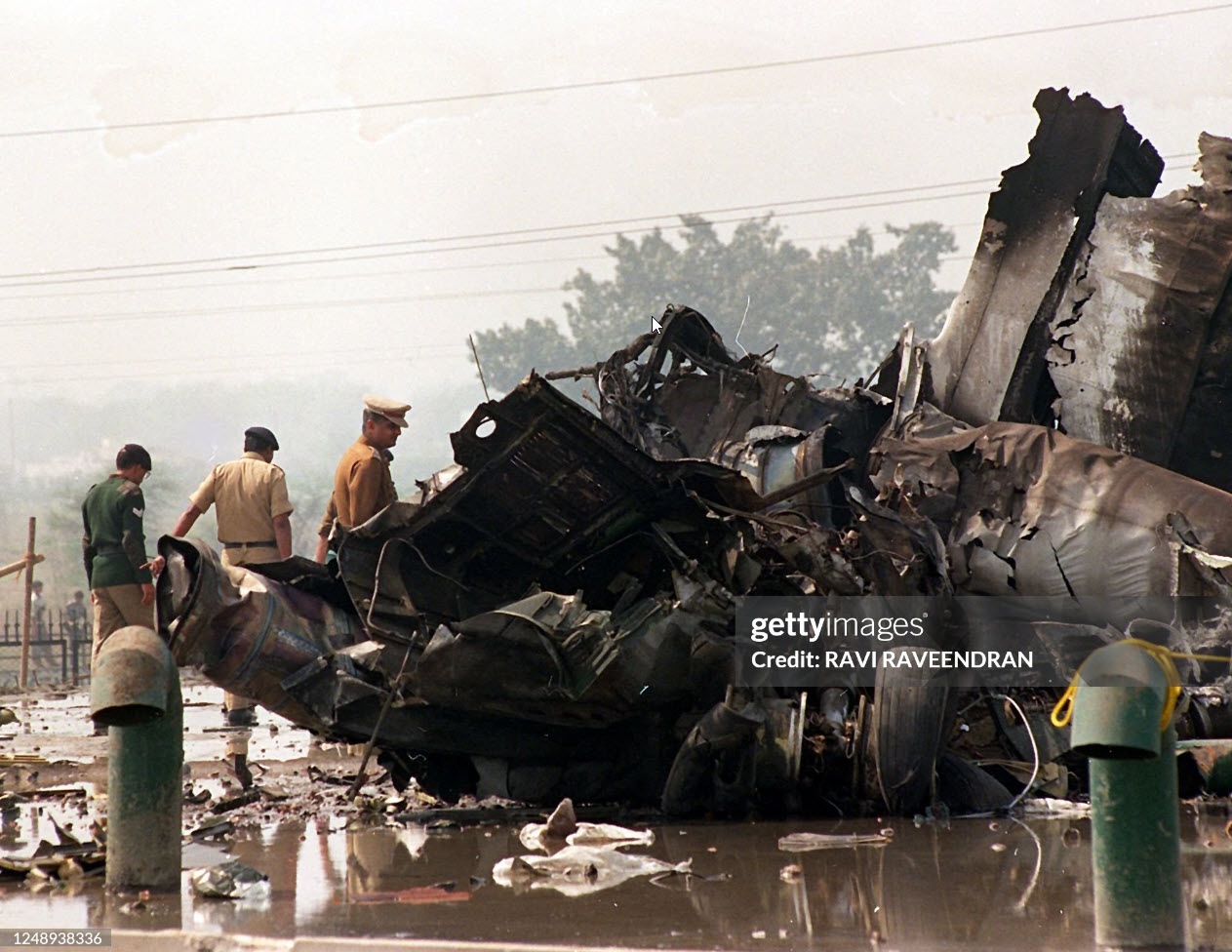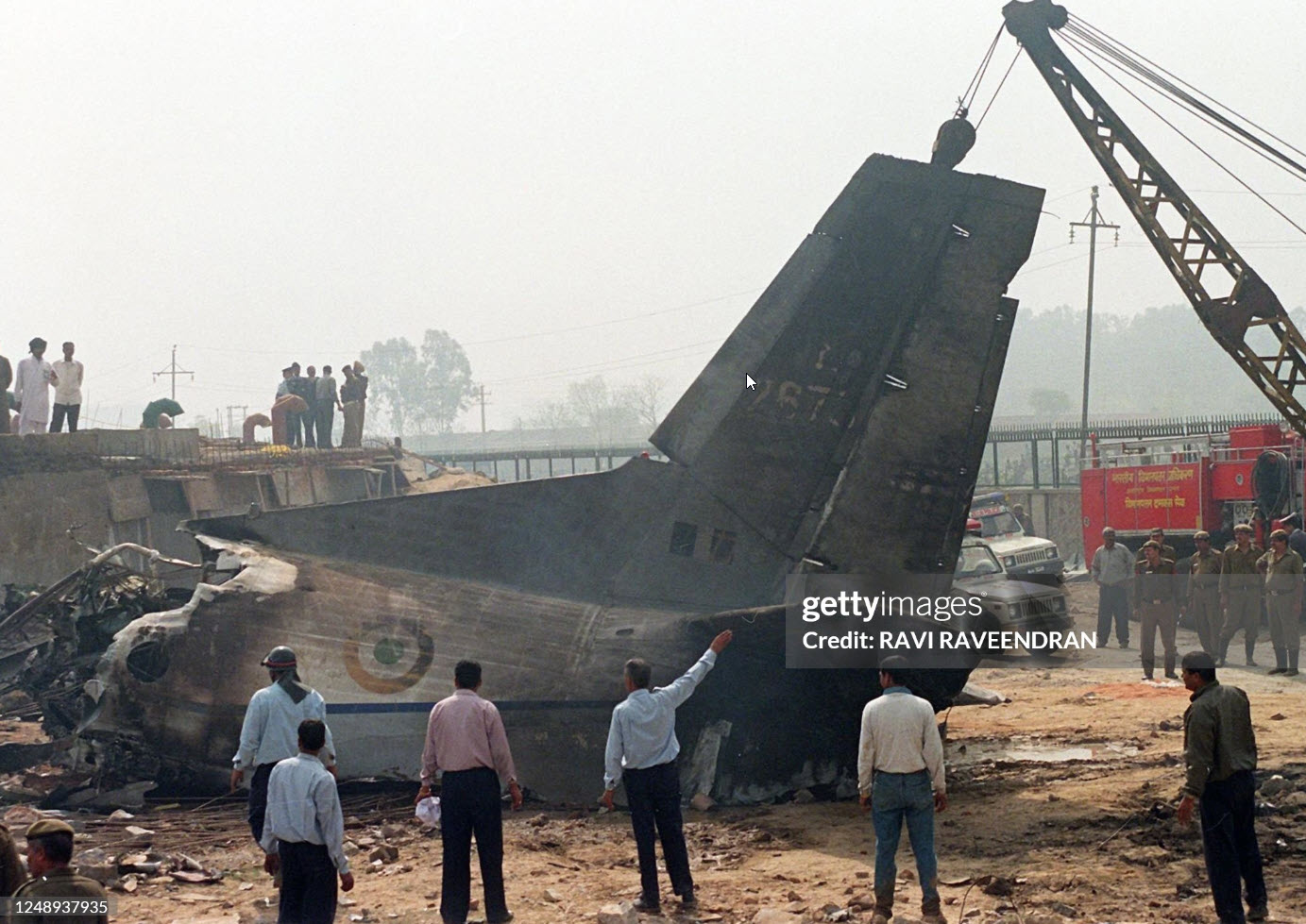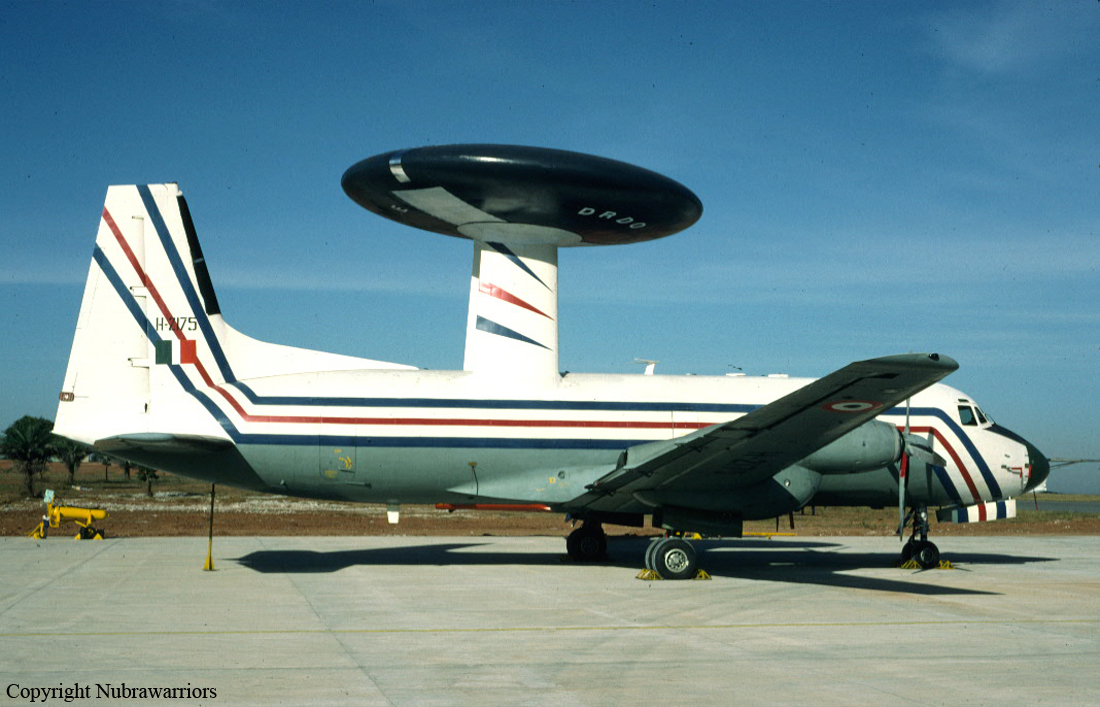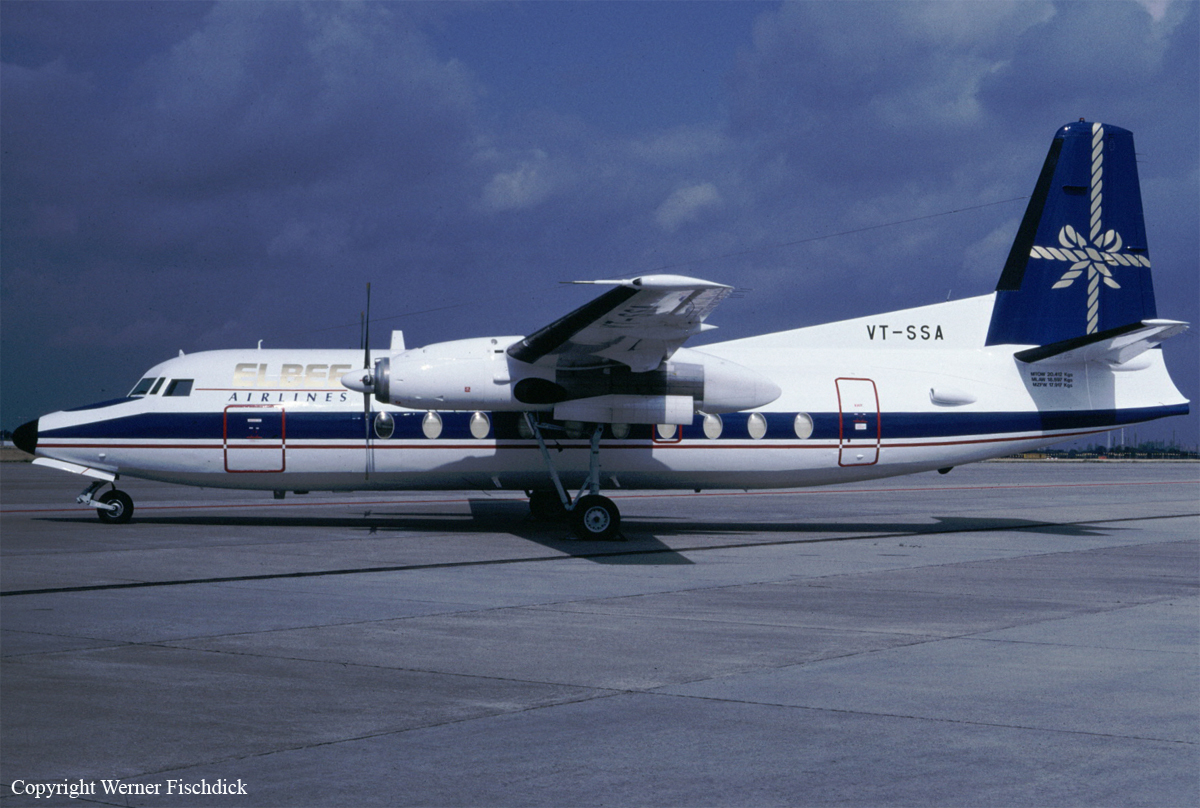Crash of a Beechcraft B200C Super King near Kulu-Bhuntar: 5 killed
Date & Time:
Jul 29, 2000 at 1332 LT
Registration:
VT-EIE
Survivors:
No
Schedule:
New Delhi – Kulu-Bhuntar
MSN:
BL-63
YOM:
1983
Crew on board:
2
Crew fatalities:
Pax on board:
3
Pax fatalities:
Other fatalities:
Total fatalities:
5
Captain / Total hours on type:
776.00
Aircraft flight hours:
6243
Aircraft flight cycles:
5646
Circumstances:
The twin engine aircraft departed New Delhi-Indira Gandhi Airport on an ambulance flight to Kulu-Bhuntar, carrying three doctors and two pilots. While descending to Kulu-Bhuntar Airport in IMC conditions, the crew failed to realize his altitude was insufficient when the aircraft struck the slope of a mountain located 20 km from the destination airport. The aircraft was destroyed and all five occupants were killed.
Probable cause:
The pilot descended below minimum sector altitude in Instrument Meteorological Condition in hilly area.
Contributing factors were:
1. ATC Chandigarh contributed to the accident by permitting IFR flight to descend below minimum sector altitude.
2. Inadequate Supervision, Lack of Safety culture and poor pre-flight planning. Factor: Pilot: Non-adherence to standard operating procedure.
Contributing factors were:
1. ATC Chandigarh contributed to the accident by permitting IFR flight to descend below minimum sector altitude.
2. Inadequate Supervision, Lack of Safety culture and poor pre-flight planning. Factor: Pilot: Non-adherence to standard operating procedure.
Final Report:


